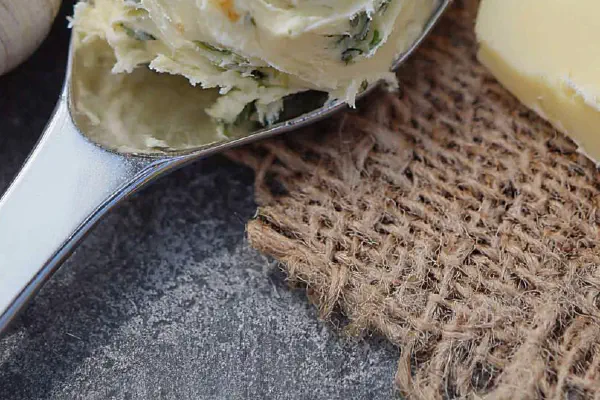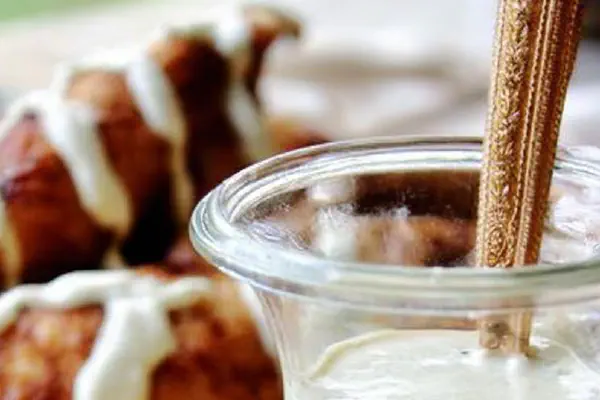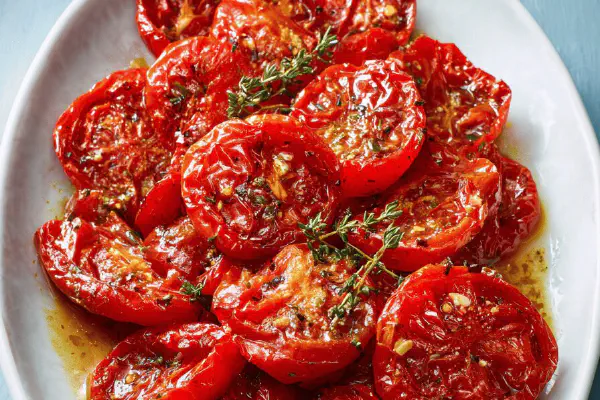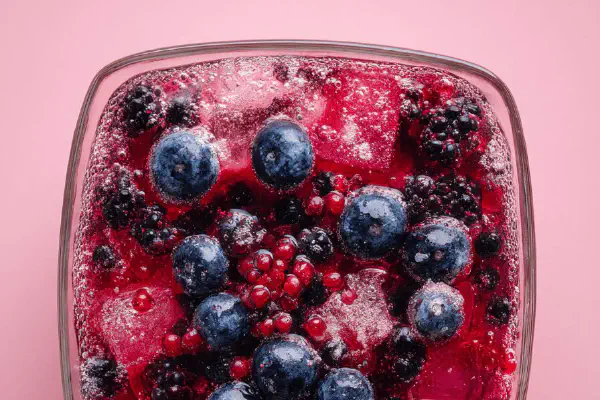Featured Recipe
Tangy Balsamic Prunes
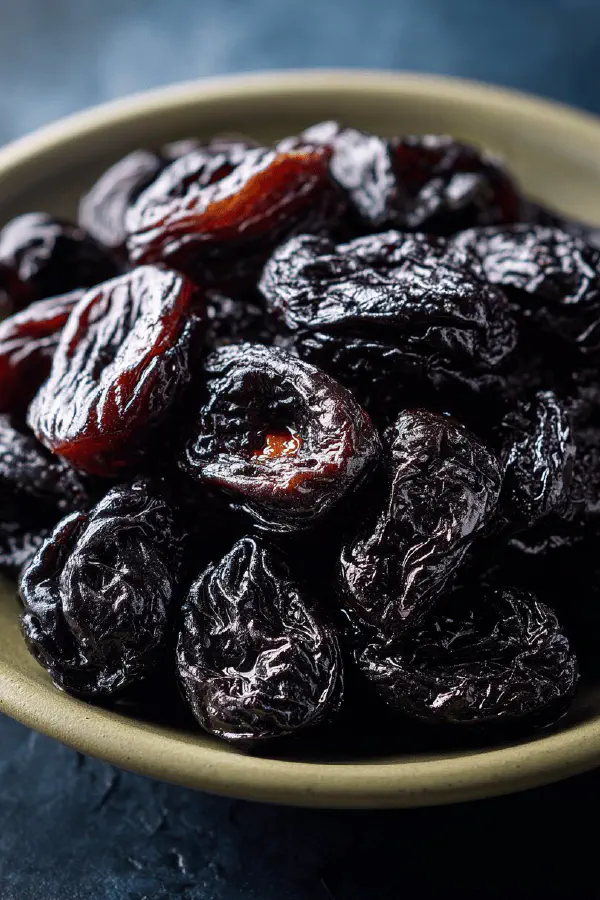
By Kate
"
Dried prunes simmered in a tangy blend of balsamic vinegar, honey, and fresh ginger, infused with cinnamon stick for warmth. Cooked gently until fruits soak nearly all liquid and plump, soft but intact. Balanced sweet, sour, and spiced profile. Serves as a sweet-savory cheese board companion or condiment. Refrigerates well up to 2 weeks.
"
Prep:
5 min
Cook:
15 min
Total:
20 min
Serves:
4 servings
French-inspired
condiment
cheese board
easy cooking
Introduction
Not just your basic sweet prune recipe. Toss out the usual clichés about fruit compotes cloaked in heavy sugar syrups. No, this revolves around sharp, aged balsamic vinegar—its acidic punch cuts through the prune’s natural sweetness. Honey replaces refined sugar, bringing a more complex, floral sweet note and silky mouthfeel. Ginger adds an unexpected spicy brightness, while cinnamon grounds the mix with warm woody spice. Cooking low and slow, patient simmering is key. Watch for the prunes to swell visibly, their skins taut but soft underneath. The sauce? Glossy, clinging, concentrated but not sticky. The whole thing is rustic, tactile—something you spoon liberally onto cheese or grilled veggies, transforming basic bites. Keep a few jars chilled; last thing you want is an overcooked prune, soggy or flavorless.
Ingredients
About the ingredients
Dried prunes vary widely in moisture and softness—adjust vinegar or water accordingly. Too dry? Add splash of water mid-simmer to prevent burning. Prefer less acidity? Swap balsamic for apple cider vinegar but reduce quantity since it’s sharper. Honey adds body and a natural sweetness layer; replace with maple syrup for vegan option or coconut sugar dissolved in water for neutrality. Fresh ginger imparts subtle heat and astringency; powdered ginger works but less vibrant. Cinnamon stick infuses deep aromatic warmth but can be swapped with star anise or crushed cloves for different profiles. The key is balancing acidic bite, sweetness, and spice to keep prunes lively, never cloying.
Method
Technique Tips
Start with a gentle boil—vigorous bubbling burns vinegar and honey fast. Listen for the mellow ‘snap’ of honey caramelizing as liquid thickens, signaling the right moment to lower heat. Simmer uncovered; sealing traps steam and leaves prunes mushy. Stir lightly but regularly to prevent sticking—prunes are sticky but should not scorch. Check doneness visually: prunes puff visibly, syrupy glaze becomes shiny but still pourable, not crystallizing or pasty. Test one with finger pressure—should yield easily but stay intact. Overcook? Prunes become mealy and lose tang; undercook leaves them dry and tough. Let cool uncovered to set sauce; flavors marry, thickening to perfect consistency. Store refrigerated, rewarm or serve cold to suit use. Use glass containers for best longevity—metal reacts with vinegar.
Chef's Notes
- 💡 Prep prunes well; check their firmness before starting. Too dry? Use more water mid-cook. Watch them swell like little sponges. Adjust balsamic based on taste. Honey adds body. Maple syrup works too.
- 💡 Simmer low for this. Too fast? Honey burns. Stir regularly to avoid sticking. Prunes get sticky. Signs of doneness? They should puff up, glossy surface. Not mushy; keep them intact. Adjust heat as needed.
- 💡 Taste as you go. Early flavors change as they simmer. Need less acidity? Go for apple cider vinegar, but reduce. Fresh ginger radiates warmth; powdered works but lacks brightness. Balance between sweet and tang is key.
- 💡 Covering them traps steam; leads to mushy prunes. Keep it uncovered. Let them breathe. If sauce gets too thick, add water. If too thin? Take off heat to concentrate flavors. Adjust to preference. Save any leftovers.
- 💡 Cooling brings flavors alive. Room temperature is best for serving. Refrigerate in a glass container. Lasts up to two weeks. Reheat without overcooking. Check for consistency before serving.
Kitchen Wisdom
How to tell if prunes are overcooked?
They get mushy, lose tang. Should squeeze easily but stay whole. Watch closely toward end. If too far gone? Add fresh ones with sauce next time.
Can I swap out ingredients?
Absolutely. If balsamic’s too strong? Try apple cider vinegar. Honey can be replaced with agave or maple syrup for vegan. Fresh ginger offers depth; powdered is back up.
What about storage?
Glass containers keep them fresh longer. Last around two weeks refrigerated. Want longer storage? Freeze them in small batches. Use airtight bags or containers. Keep tags so you know what’s inside.
Can sauce be adjusted for thickness?
Yes. Too thick? Add water gradually while simmering. Want thicker? Remove lid to evaporate some moisture. Taste regularly. Adjust balance of flavors as it cooks.
